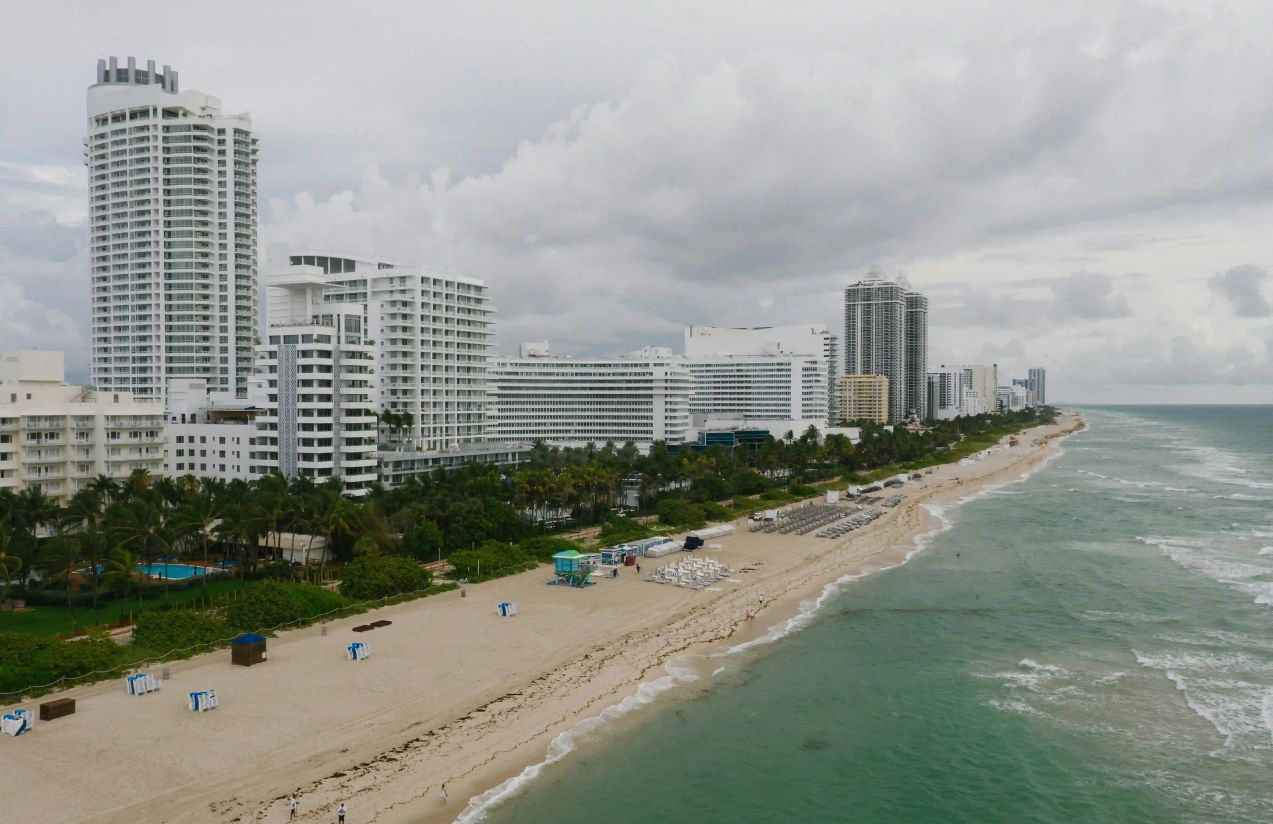For several days, a record cold front has been hitting Florida, Miami and Broward County, bringing unusually low temperatures to the area, levels that have surprised even the most seasoned local residents. During the early morning hours, thermometers registered values that, with wind chill, dropped to 4 degrees Celsius, a striking number for these subtropical regions. This abrupt temperature drop triggered weather alerts and special recommendations to protect vulnerable people, pets, and crops.
The situation has led to uncommon scenarios, such as warnings of possible “falling iguanas.” When temperatures drop this low, these reptiles, very common in the area, enter a temporary state of immobility that prevents them from holding onto branches, causing them to fall, even though they are not dead. Authorities have asked residents to avoid handling them, as they can react unpredictably once they regain mobility.
Beyond the impact on local wildlife, the cold front has affected daily routines and mobility. Schools and businesses have reinforced climate-control measures, while emergency services urge people to avoid prolonged exposure to the cold and stay hydrated.
Why has this cold front been so extreme?
Because a mass of polar air moving in from the north combined with strong winds, amplifying wind-chill effects and resulting in colder-than-usual temperatures and extraordinary consequences for life in South Florida.

